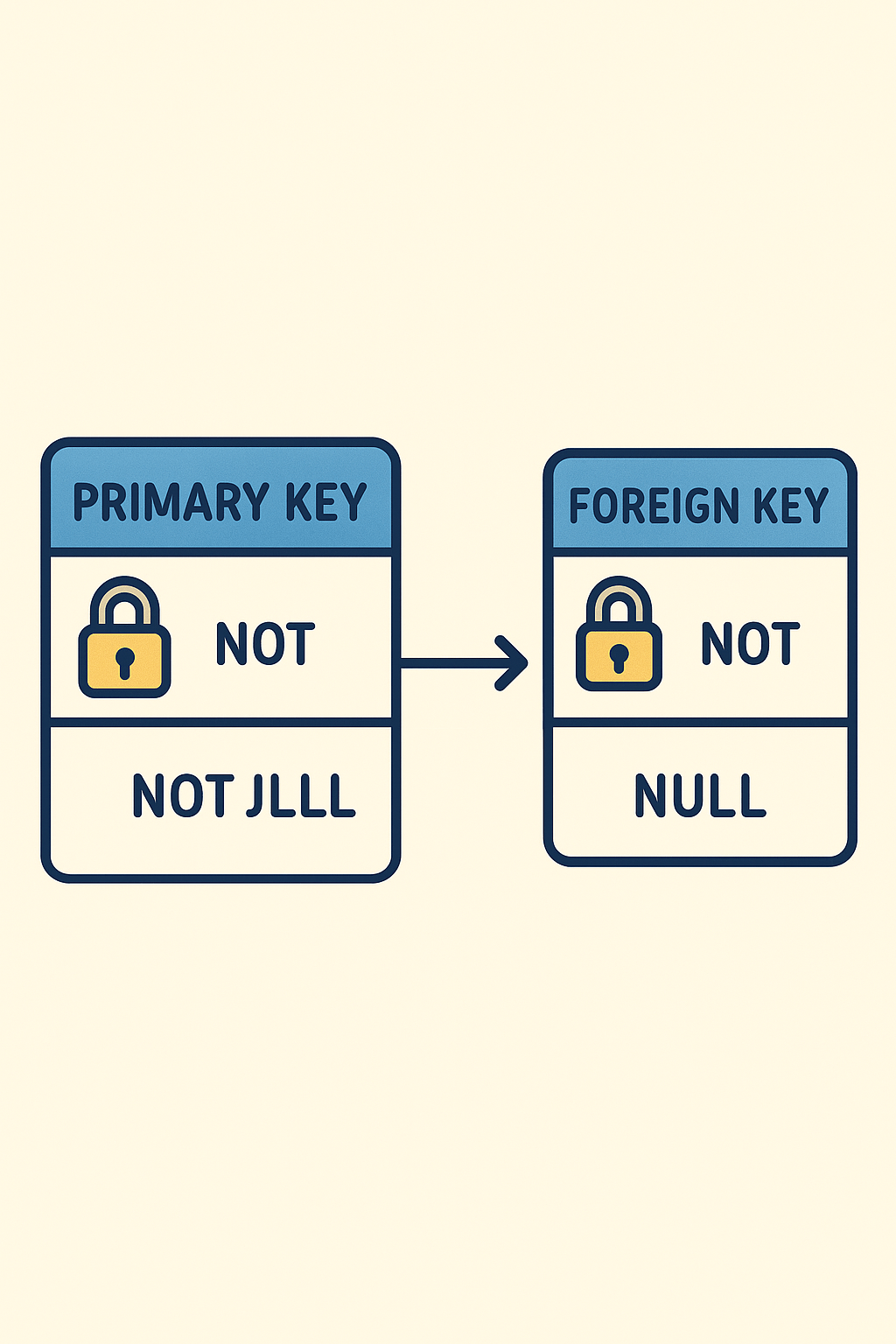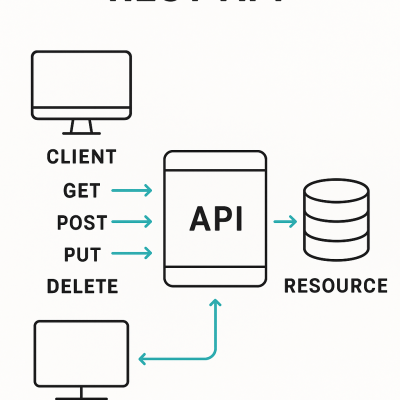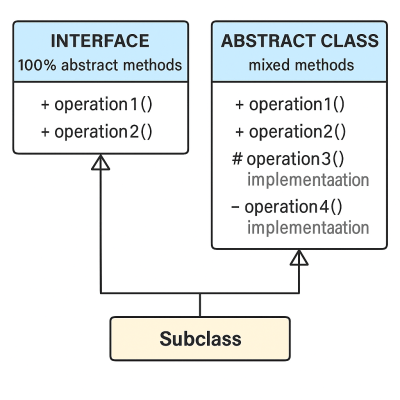Database Table Integrity
Primary Key vs Foreign Key Overview
Primary key and foreign key constraints are essential for maintaining relational integrity in SQL databases. In the image, we clearly see two tables—one representing a primary key and the other a foreign key—with locking icons emphasizing data integrity. A **primary key** uniquely identifies each record within a table and cannot contain NULL values. Moreover, it ensures that each row remains distinct. In contrast, a **foreign key** references a primary key from another table to establish a relationship between datasets. Furthermore, foreign keys can accept NULL values (though often restricted), but must match an existing primary key if provided. These constraints form the backbone of relational database design. In addition, using primary and foreign keys helps enforce referential integrity, reduce redundancy, and support normalized data structures. These keys are vital for joining tables, enabling scalable and well-structured SQL applications. Therefore, understanding the difference between primary key and foreign key usage is crucial for any database designer or developer.
Key Features of Primary Key vs Foreign Key
- Primary Key Constraint: Ensures each row is unique and NOT NULL, using the primary key field.
- Foreign Key Constraint: Links a column to another table’s primary key, preserving referential integrity.
- Relational Structure: Helps connect tables logically without repeating data using primary key and foreign key pairing.
What’s Included with Primary Key vs Foreign Key
- Visual comparison of a table with a primary key and another with a referencing foreign key, both labeled with constraints.
How to Use Primary Key vs Foreign Key
- Define a primary key on a column that uniquely identifies each row in your base table.
- Create a foreign key in a related table that points to the base table’s primary key column.
Ideal Uses and Placement
- Use primary keys in base tables to uniquely identify entities like users, orders, or products.
- Apply foreign keys in related tables like transactions, reviews, or logs to link back to base entities.
Primary Key vs Foreign Key Specifications
- Primary key: NOT NULL + unique per row. Foreign key: may allow NULL but must match an existing primary key if present.
Optimized Imagery & Alt Text
Explore More Resources
- Find similar products: Products Page
- Gain further insights: Our Blog
- Enhance your understanding: AI & QA Resources
- Learn from experts: W3Schools: SQL Primary Key
Why Choose Primary Key vs Foreign Key Diagram?
This diagram simplifies relational database design by visually explaining primary and foreign key roles. It clarifies structure, enforces data integrity, and supports scalable queries. Moreover, it’s perfect for learners and professionals designing normalized SQL databases.
Order Your Primary Key vs Foreign Key Diagram Today!
Master relational database structure with this clear, visual guide to SQL primary and foreign keys—ideal for all experience levels!
$4.89
- ✅ Instant Download Available
- 🖼️ Ultra High-Resolution 4K PNG + JPG (4096×6144, 300 DPI)
- 🖨️ Prints Beautifully up to 13.6×20.5 inches
- 🚫 Personal Use Only (Not for Resale)
- 💾 Digital Product – No Physical Item Shipped
- 📥 Instant Access via Download Link Post-Purchase
All 4K images include the label "4K" in their title.
If your selected image does not include "4K", please contact us for your complimentary upgrade.









